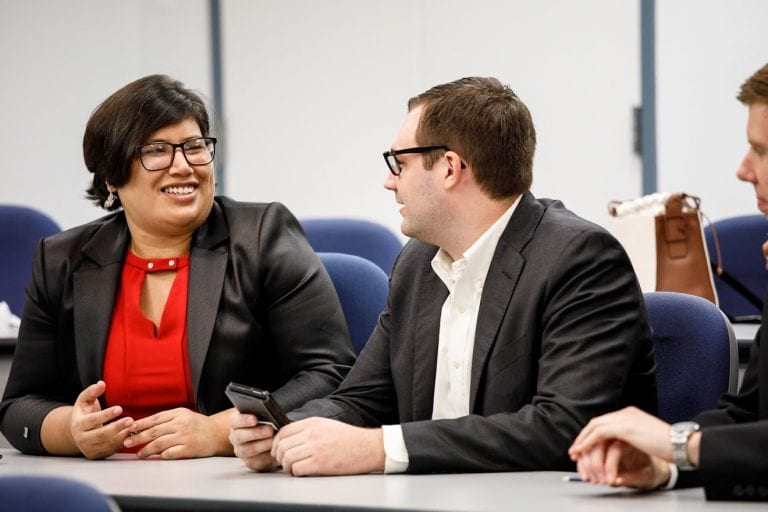Why it is hard to be creative?
Creativity is one topic in self-development courses that evokes immediate responses from students, entrepreneurs, innovators, etc. If you search the Internet, there are hundreds of techniques to improve creativity. Coaches and self-development experts claim that creativity can be trained. While I agree to some extent, I have a few reservations about the claim. First, about the techniques. One must keep in mind that these techniques are processes and methods to acquire certain skills. A process requires certain initial conditions and process parameters to be successful. For instance, some skills may require prior knowledge of related subjects. A chemical reaction will complete upon meeting process parameters such as temperature, pressure, etc.
Similarly, creativity is a process that can be taught by methods with conditions and parameters. I will focus on conditions and these conditions will determine creativity. In my observations through interaction with innovators, four conditions emerge.
1) Passion
It is not expertise in a subject that determines creativity. It is passion and interest in a subject that determines the output and the conditions for creativity to happen. While it is not clear why and under what initial conditions one is drawn towards a specific subject, the intensity of the passion excludes all other interests and focuses the mind towards the subject. The intensity of the passion also brings two most important attitudes for a creative life – perseverance and endurance for the purpose of the subject above all other interests.
2) Personality
Two characteristics emerge and define the personalities of innovators and creators. They are the ability and tendency to be self-immersed over a long period of time, and clarity of thought or single-minded purpose of thought.
The first trait is often mistaken for boredom and idleness. In a competitive world where time is money, doing nothing is looked down upon. Of course, most of us can’t remain idle. We have to keep our minds engaged in activities, keep doing something. Psychologically, this means that the brain is continuously engaged with receiving inputs and there is very little space and time to produce output. Such is the case with the hundreds of posts, social media messages and email at any point of time, not counting youtube videos, games, etc. Hence the first trait requires one to effectively block input and allow output to happen from the brain.
The second trait, clarity of thought, is directly linked to the first. Take a few minutes to observe your brain. The brain chatters continuously about the events of the previous day, about work, school and conversations with friends, spouse, children or boss. Innovators are able to forget themselves. They are able to bring in the subject of their passion only. This does not mean meditation in the religious or spiritual sense but the ability to switch off external disturbances, however, interesting and important they might be.
3) Place
What I mean by place is a location where the brain is completely relaxed or to use a better word, a state of equilibrium. It could be a fixed place or mobile. The latter means a short ride without any destination either by yourself or in a public vehicle. When I am pondering over problems, I have had solutions when I was on the motorcycle with fresh air hitting my face. It could also be specific places where the atmosphere acts as a stimulator for fresh thoughts. It could be café, beach or any other unknown place. It need not be a quiet place, even busy railway stations may help drown the mundane thoughts and help focus on the subject.
4) Time
Some creative outputs may happen only at a specific time of the day, week, etc. This could be true in the case of creative writing, etc. However, in my interaction with innovators, I have observed that solutions or creative outputs in the midst of any other activity or engagement, just like the Eureka moment for Archimedes. This is because, in my opinion, the first two conditions mentioned above are already met. This happens when the brain is engaged in a mundane and regular activity, where there is no conscious effort and the creative output just bursts forth.
While it is a hypothesis that creativity is inherent, psychologically, our brains are wired in numerous ways that leads to different characters. These characters determine the pursuit of our lives and goals. Training on creativity will be successful only when the conditions are met. Mathematically, processes and techniques are necessary but not sufficient unless the conditions are met to make a person creative.
How can a structured creativity process be applied towards a specific social issue?
Do the above-mentioned four factors apply and fit well within the problem solving approach?
First, let us take a look at the common characteristics of social issues. They include a lack of affordability, accessibility and availability of the solution. For instance, access to medical devices. Prescription drugs or immunity injections are not often affordable to poor people, they are not accessible from the place where the people are living and not available when they need it. Same with other types of technologies and services, such as farm equipment, good quality education, etc.
How do social innovators address these features to solve a social issue using creativity?
The answer is frugal innovation. The concept, in direct response to the needs of resource-poor settings, brings together an innovation, usually by a ‘grassroots innovator’, using the resources available at hand, at the place and time of requirement.
It embodies all the four factors mentioned above to address the three features of social issues.
Social innovators are empathetic and apply their domain knowledge. Most often, they come from the same place of the social issue or they have lived and experienced the social issue. As a personality, social innovators have a strong and clear purpose.
A good example is Manikandan from South Tamil Nadu, India. A seen in the video below, Manikandan has developed a robotic arm that rescues children trapped in open bore wells in agricultural fields. He has done a number of product development iterations to solve the issue because of the complexities – different diameters of the bore-wells, rocky or muddy terrain, etc. Whenever a disaster of this nature happens, Manikandan carries the equipment at his own cost to the place and assists the disaster management authorities. He has succeeded in some cases but he continues to modify the equipment.
Such is the embodiment of creativity in social, grassroots innovators all over the world.
James Rajanayagam is a senior project advisor with the Centre for Social Innovation & Entrepreneurship at the Indian Institute of Technology, Madras. He is a sustainable development expert in the development sector with 14 years of experience in promoting small industries, enterprises and other non-profit organizations that provide social welfare such as health, livelihood and jobs.

